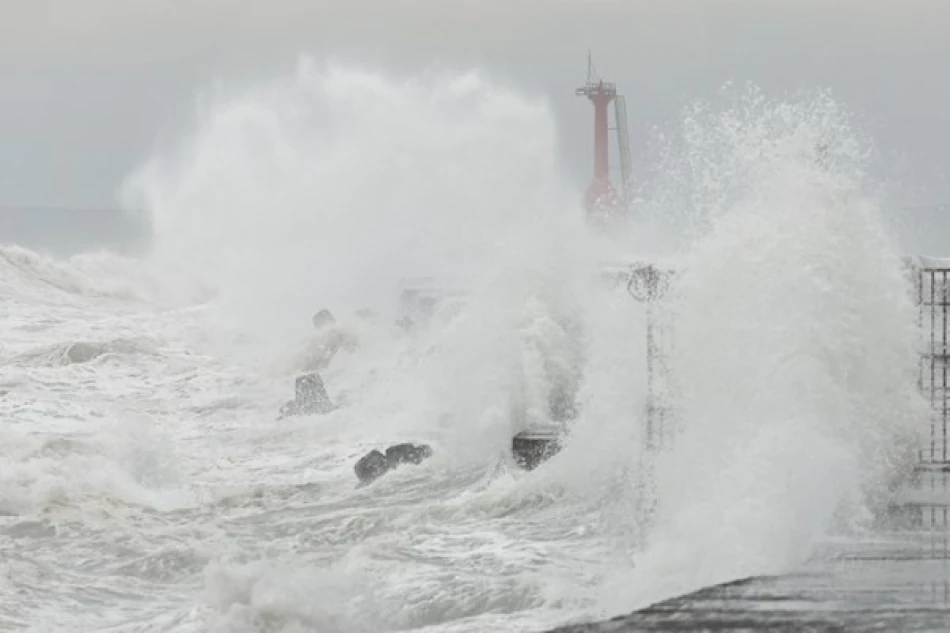
Typhoon 'Ragasa' Disrupts Transportation in China's Taiwan
Typhoon Rajasa Grounds Taiwan's Domestic Transport Network
Typhoon Rajasa brought Taiwan's internal transportation to a standstill on Monday, forcing airlines to cancel all flights to remote islands and suspending dozens of ferry services across the island. The storm's impact highlights Taiwan's vulnerability to Pacific typhoons during peak season, potentially affecting both local commerce and the island's critical semiconductor supply chains.
Ferry Services Hit Hard Across Multiple Routes
The storm forced operators to suspend 88 ferry services across 13 different routes, according to Taiwan's Central News Agency. Local transport companies and maritime authorities made the decision as wind speeds and wave heights reached dangerous levels around Taiwan's coastal waters.
Ferry disruptions particularly affect Taiwan's outer islands, which rely heavily on maritime connections for essential supplies and passenger transport. These routes serve communities on islands like Kinmen and Matsu, which sit closer to mainland China than to Taiwan proper.
Airlines Cancel Afternoon Flights to Offshore Destinations
UNI Airways and Mandarin Airlines announced the cancellation of all flights scheduled after 12 PM local time between Taiwan and its coastal islands. The airlines also suspended all flights to Hualien and Taitung in eastern Taiwan for the entire day.
Both carriers advised passengers to check online updates before heading to airports. This precautionary approach reflects lessons learned from previous typhoons, where last-minute cancellations left travelers stranded at terminals.
Economic Impact Beyond Transportation
Taiwan's position in the western Pacific makes it a regular target for typhoons between May and November. But the island's outsized role in global semiconductor manufacturing means transport disruptions can ripple through international supply chains.
The eastern cities of Hualien and Taitung, now cut off by air, serve as gateways to Taiwan's mountainous interior and indigenous communities. Extended isolation could affect tourism revenue, which these regions depend on heavily.
Typhoon Season Reality for Island Nations
Taiwan faces an average of three to four typhoons annually, with peak activity occurring between July and September. The island has invested heavily in early warning systems and infrastructure resilience, but geography limits options when major storms approach.
Unlike larger continental countries that can reroute transport around storm systems, Taiwan's compact size means typhoons often affect the entire island simultaneously. This forces a complete shutdown approach rather than selective regional restrictions.
The current disruptions serve as a reminder of Taiwan's strategic challenges - both natural and geopolitical - as an island dependent on air and sea links for connectivity with the outside world.
Most Viewed News

 Layla Al Mansoori
Layla Al Mansoori






